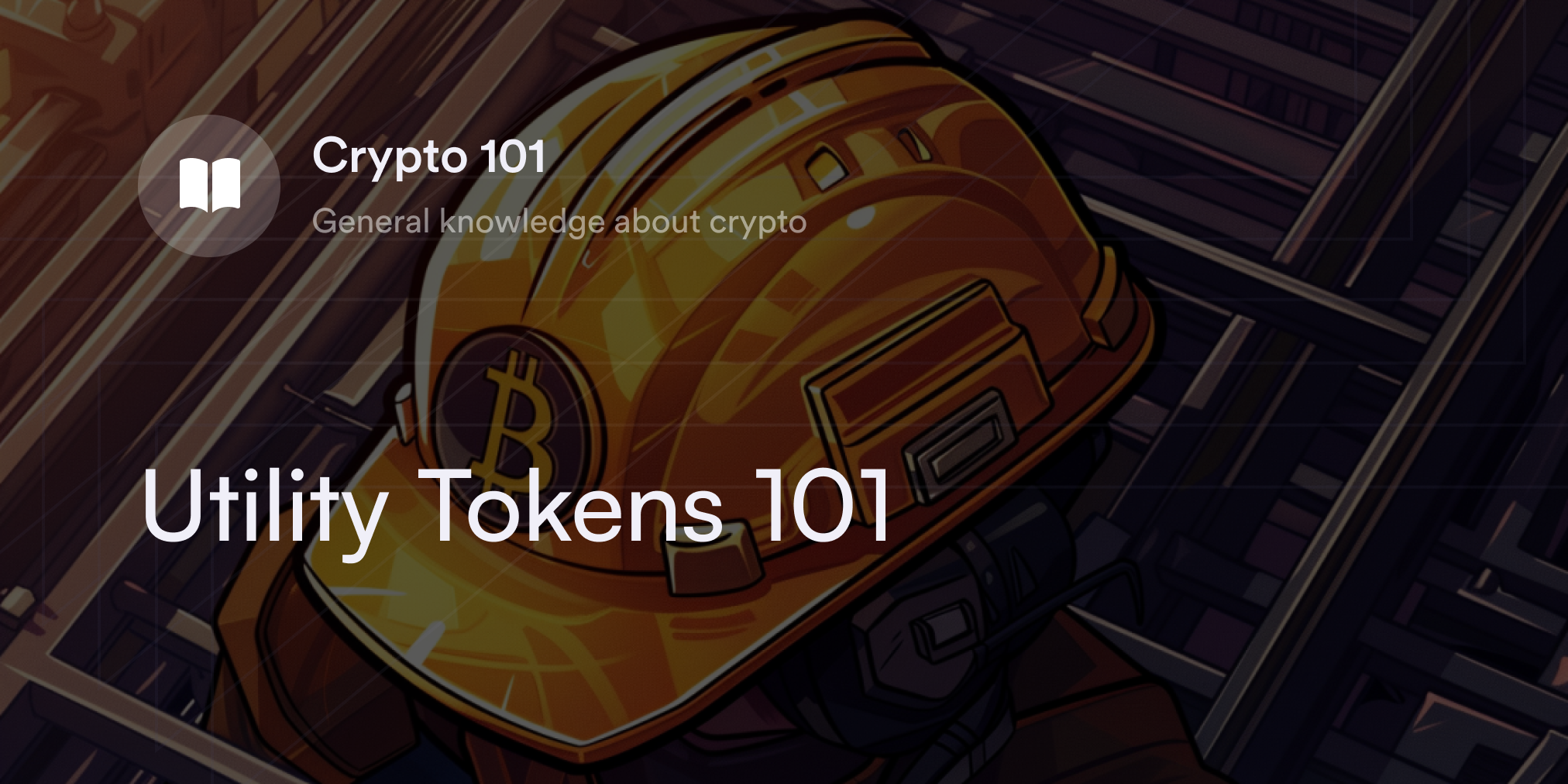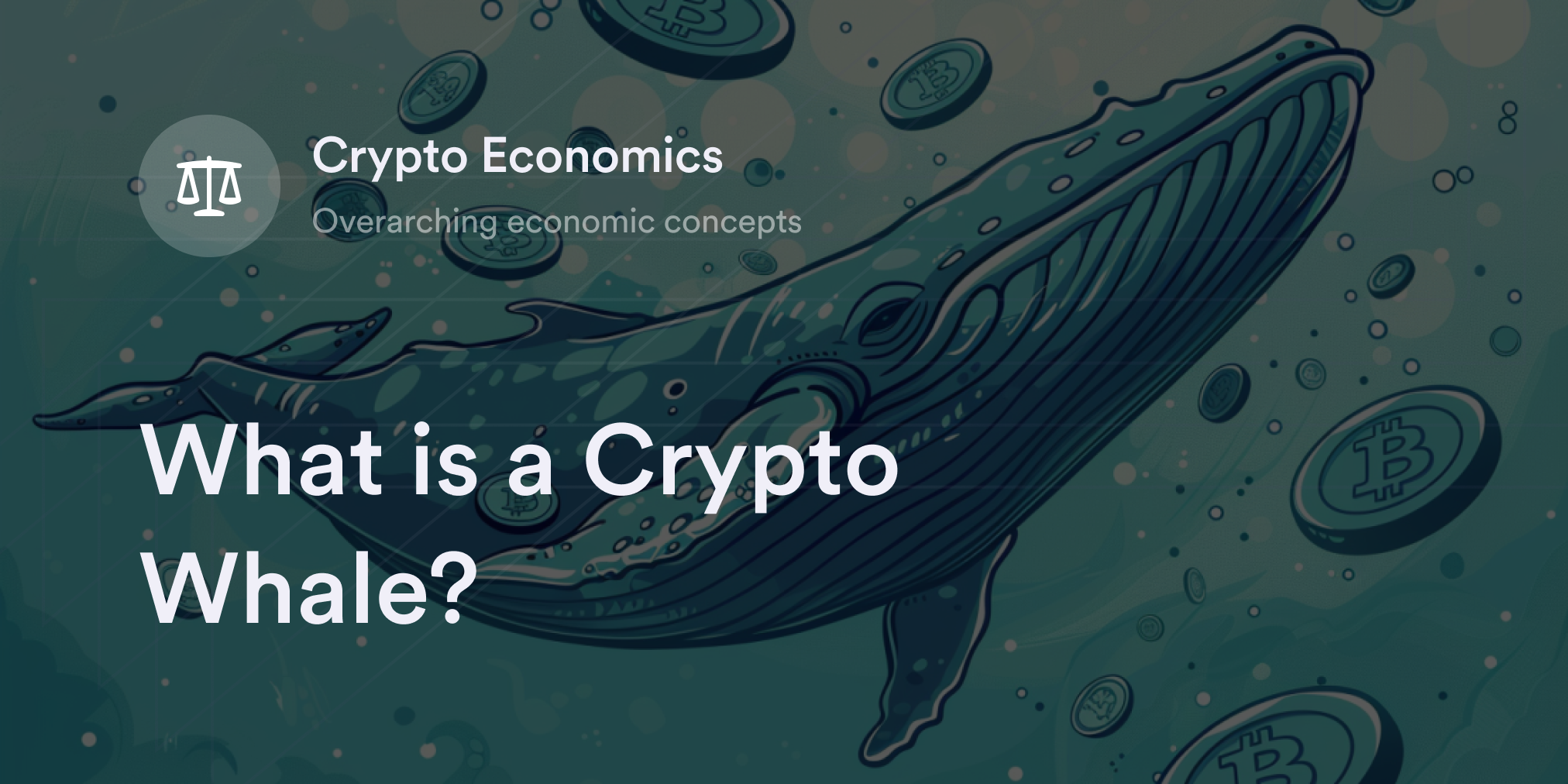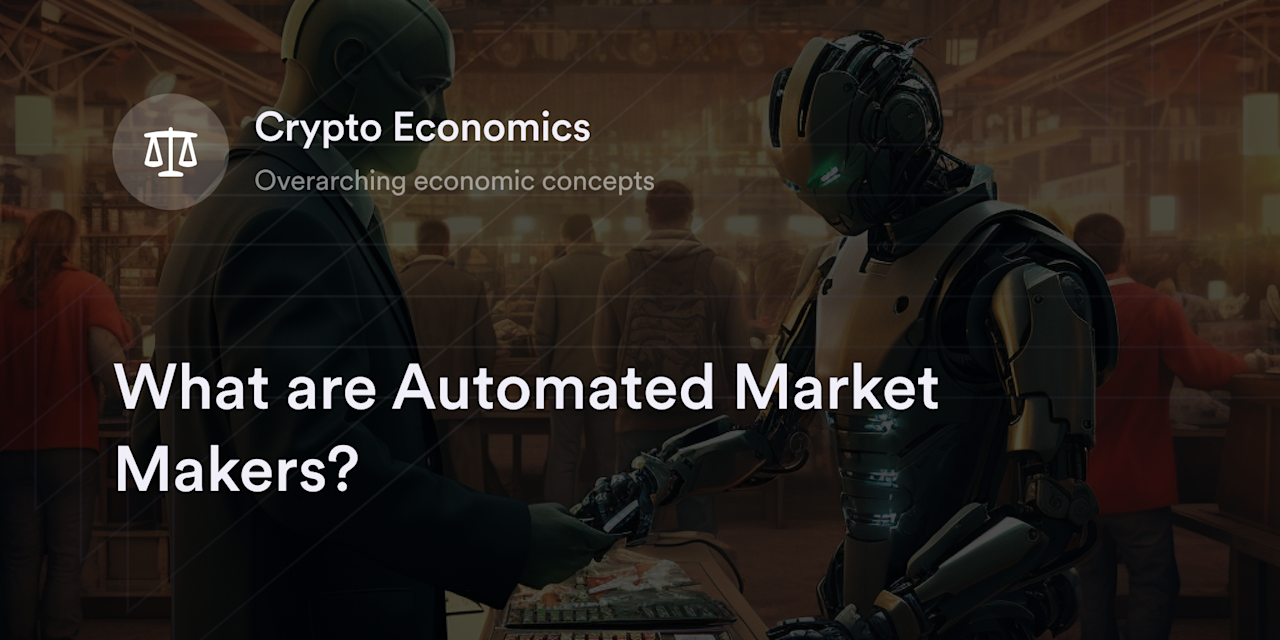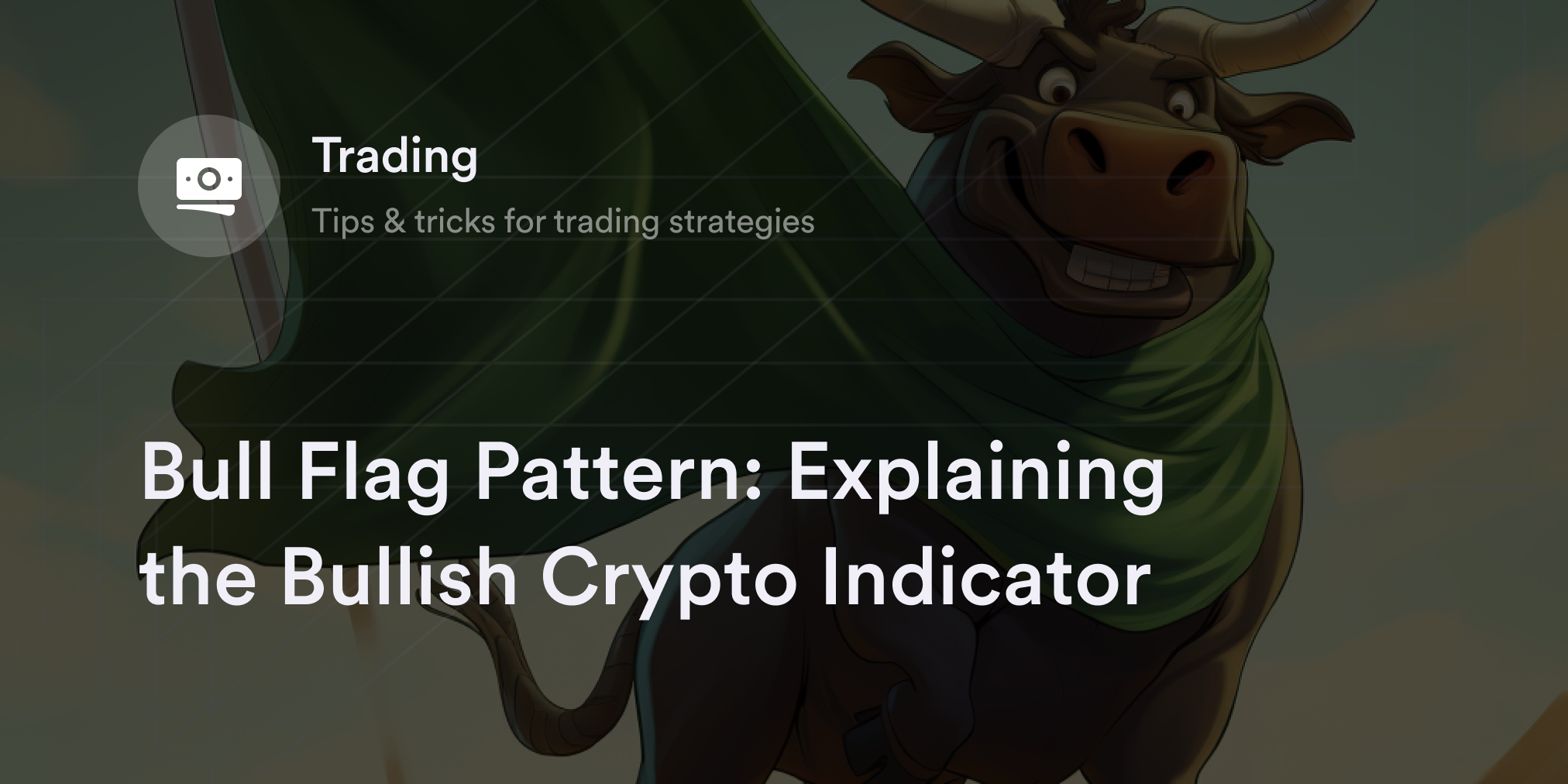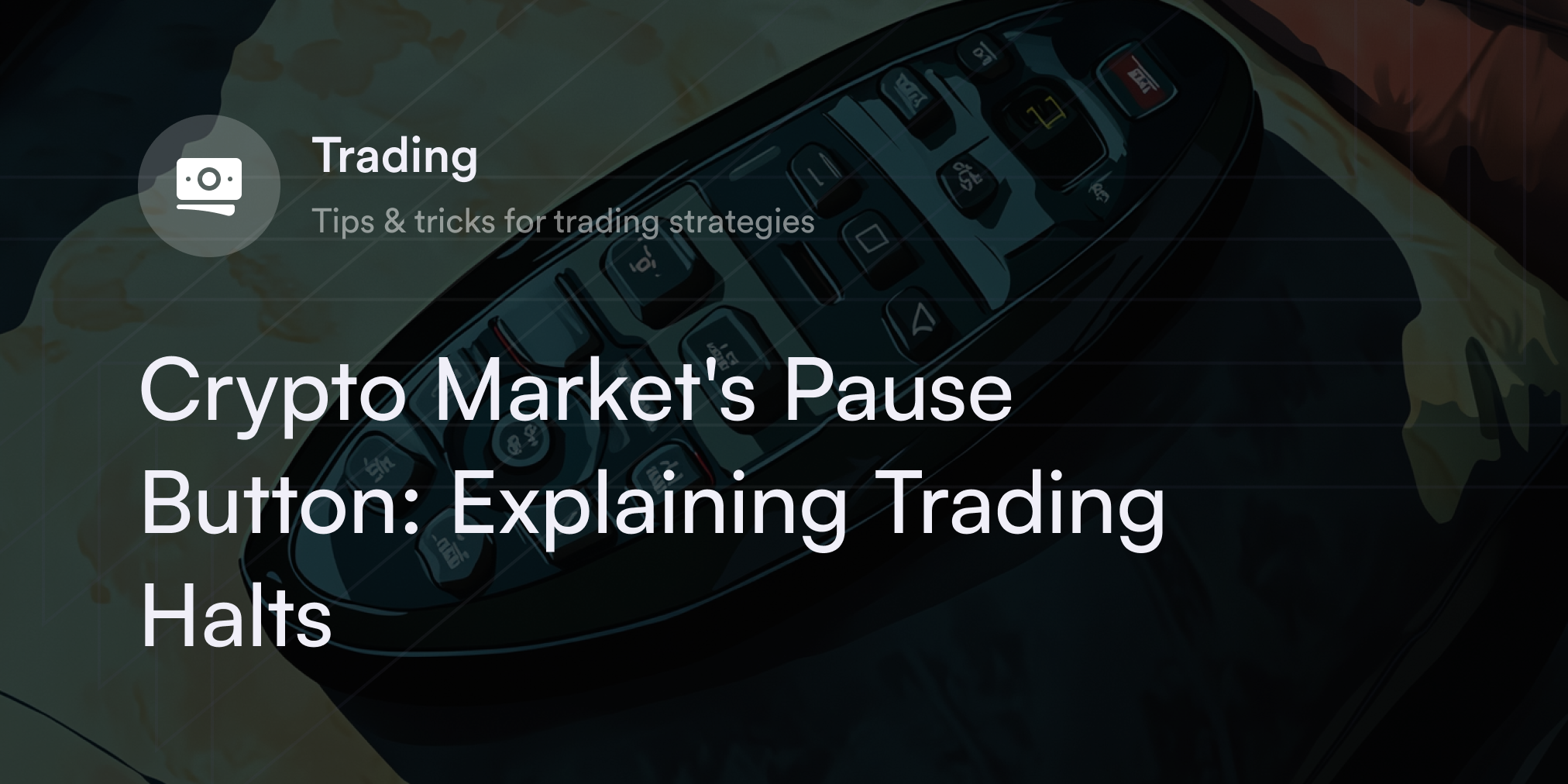
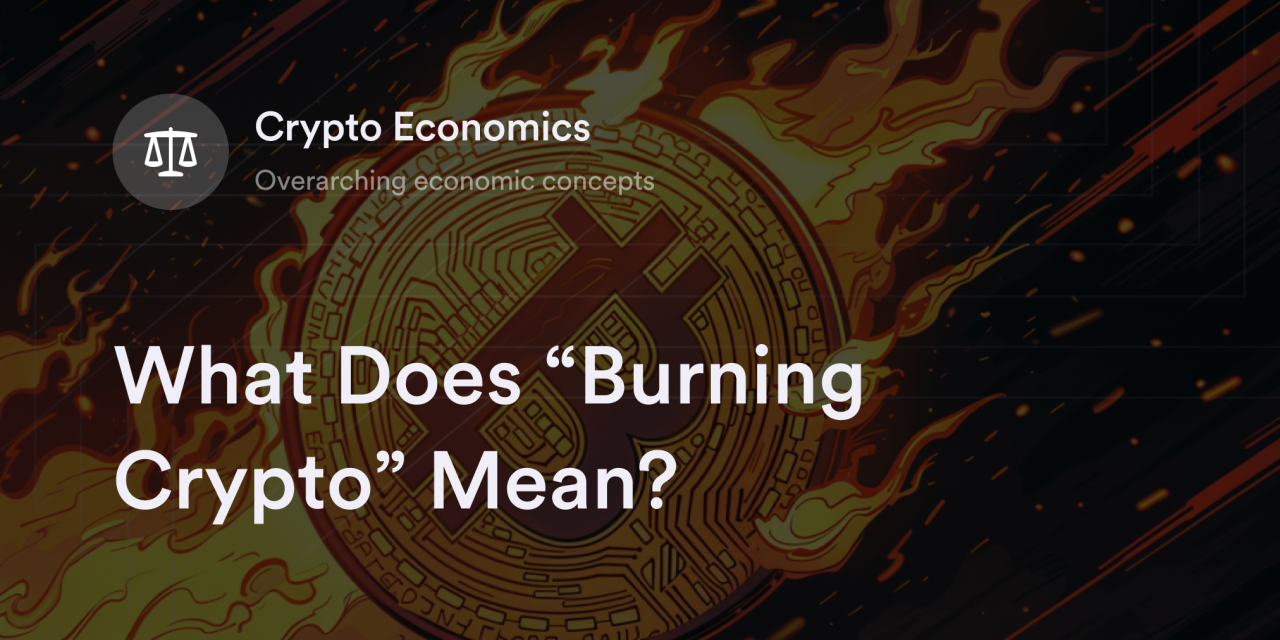

In March of 2023, the cryptocurrency community lost a one-of-a-kind asset in an accidental "burning" incident. Web3 enthusiast Brandon Riley thought he was getting a loan on a unique virtual collectible—a non-fungible token (NFT)—from the elite CryptoPunks NFT collection. According to Riley's Twitter account, however, he misunderstood the instructions on his NFT loan website and sent his CryptoPunk to an irrecoverable destination. At the time of Riley's slip-up, CryptoPunk #685 was valued at approximately $129,000 USD.
When Riley sent his Punk to the wrong address, he “burned” the asset—meaning it was irreversibly removed from circulation. While the burning mechanism in cryptocurrency sounds scary, and sometimes results in tragic and costly mishaps, it’s also an important part of the ecosystem. So, what does burning crypto mean, and how does it work?
What is “Burning” in Crypto?
Burning cryptocurrency means permanently taking a digital asset, such as Bitcoin (BTC) or Ethereum (ETH), out of circulation. Because cryptocurrencies aren't tangible, people can't literally light them with a match, but the process is equivalent to tossing dollar bills in a fire. Once a cryptocurrency is "burned," nobody can buy, trade, or transfer it.
When someone decides to burn a cryptocurrency, they send it to a cryptocurrency wallet known as a "burn address" or "eater address." The essential feature of a burn address is nobody knows the master passcode (called the “private key”) associated with the account. Without the private key, cryptocurrency users can't access the digital currencies in a burn wallet. All that’s known about a burn account is its public key—a shareable blockchain address. For instance, the public blockchain address "0x000000000000000000000000000000000000dEaD" is a well-known burn account on Ethereum. Anyone who transfers ETH or ETH-compatible crypto tokens to this address instantly burns them because no one can access the wallet's contents.
Why Do People Burn Crypto?
Sometimes people burn cryptocurrencies by mistake. However, there are several situations when burning is deliberate. In fact, some of the most popular cryptocurrency projects—such as USDC and Wrapped Bitcoin (wBTC)—wouldn't be possible without burning protocols.
Here are a few reasons people burn cryptocurrency:
Manage the circulating supply: Because burning takes digital assets out of circulation, it has a deflationary impact on a cryptocurrency. For this reason, some crypto projects use burning mechanics to reduce the total number of coins or tokens they create daily. Blockchains like Ethereum and the BNB Smart Chain burn a portion of every crypto fee users pay to offset the daily issuance of their native coins.
Maintain the value of stablecoins and wrapped tokens: Stablecoins attempt to have a 1:1 value with a reserve asset (such as the U.S. dollar or gold), while wrapped tokens mirror the prices of other cryptocurrencies (such as Ethereum or Bitcoin). To back up these digital assets, crypto projects issuing stablecoins or wrapped tokens purport to hold equivalent cash or cryptocurrency in a physical or virtual vault. When people want to redeem their stablecoins or wrapped tokens for money or another cryptocurrency, the issuer burns each coin or token it receives to reflect its new reserve balance, thus ensuring every token in circulation maintains a 1:1 value.
Delete scam cryptocurrencies: Sometimes, traders receive free cryptocurrencies in their wallets, known as "airdrops." While many of these airdrops are legitimate, some are scam tokens similar to spam emails. If people see worthless cryptocurrencies in their wallets from an unknown source, they'll send them to a burn address to de-clutter their account and avoid potential security issues. For example, some wallets—like Phantom—have a built-in NFT burn mechanism to help users dispose of spammy digital collectibles and receive a tiny amount of Solana (SOL) as a reward.
Create a publicity stunt: Occasionally, people use burning to draw attention to their cryptocurrency project. For example, an NFT project called We are All Going to Die burned the valuable Mutant Ape #20438 in 2022 primarily to attract free publicity on social media.
What is "Proof-of-Burn?"
Proof-of-Burn (PoB) is an algorithm that uses burning to help computers (called “nodes”) reach consensus on a decentralized blockchain network. In this model, nodes validating transactions must burn a percentage of their coin holdings to have a chance to verify new blocks on the payment ledger and receive rewards. Although PoB isn't as mainstream as the Proof-of-Work (PoW) and Proof-of-Stake (PoS) consensus models, it combines elements from these systems in addition to its distinctive burning mechanism. While PoW blockchains like Bitcoin "prove" their data by solving advanced algorithms, PoB nodes "prove" each transaction is valid by showing they sent a portion of cryptocurrency to a burn address. PoB and PoS share a connection because both systems ask nodes to use the chain's native cryptocurrency to verify blocks. However, on PoS networks, people lock their assets on a blockchain rather than burn it.
At the time of writing, PoB is one of the most experimental consensus mechanisms in cryptocurrency, and only a few small projects use this method. Although proponents claim PoB is a sustainable and reliable way to maintain consensus on blockchains, many questions remain about its long-term viability. Examples of PoB projects include Slimcoin (SLM) and Counterparty (XCP).
How Does Burning Affect A Cryptocurrency's Value?
Cryptocurrency projects sometimes advertise new burning features to boost the price of their coins or tokens, but there's no way to guarantee burning impacts a cryptocurrency's value. Although burning a cryptocurrency reduces its supply, it doesn't affect market demand. In classical economics, the forces of supply (the availability of goods or services in a market) and demand (how many people want these goods or services) determine the fair value of an asset. So, how does a cryptocurrency's value increase? If there's more demand for a coin than supply on an exchange, its market price rises—but the opposite is true if supply increases without enough demand.
Burning alone doesn't guarantee a cryptocurrency's price will increase, but it does lower the number of coins in the open market. If the demand for a cryptocurrency stays the same or increases as a project starts a token burn, basic economics dictates the market price will rise. However, if there's insufficient demand for a cryptocurrency, it won't become more valuable just because it's a rare asset. In some cases, cryptocurrencies with an infinite supply rise in value solely due to the power of demand. For example, Dogecoin (DOGE) has an inflationary issuance schedule, but it rose 12,000% in 2021 because so many people wanted to buy DOGE.
By contrast, the competing dog-themed cryptocurrency Shiba Inu (SHIB) created a "Burn Portal" in 2022 to allow holders to "burn" their SHIB and receive a new token reward. Shiba Inu's coin burn aims to reduce the supply of SHIB and increase its market price. Although community members burned 410 trillion SHIB tokens, the price of SHIB in early 2023 rose to a February high of $0.000015 USD, well below its all-time high of $0.000086 in 2021.
The Benefits and Drawbacks of Burning Cryptocurrency
Burning has compelling use cases in Web3, but deleting cryptocurrencies has a few drawbacks. From legal concerns to security issues, traders must consider the pros and cons of burning cryptocurrency before trading in projects relying on this mechanism or burning assets themselves.
Pros of crypto burning
Here are a few ways burning benefits the cryptocurrency ecosystem:
Helps developers adjust coin supply: Thanks to cryptocurrency burning mechanics, blockchain projects have the option to decrease their average issuance to better align with their goals. If developers fear their cryptocurrency's inflation rate is too high, they use burning protocols to add deflationary pressure.
Essential for stablecoins and wrapped tokens: Token burning ensures stablecoins and wrapped tokens have a consistent value. Without burning, traders couldn’t use these popular tokens in decentralized finance (DeFi) applications.
Potential rewards: Although a diminishing supply doesn't always translate to a higher price, some crypto projects use burning to offer holders long-term value. Scheduled token burns let traders know the team's commitment to the project and the maximum supply for their holdings. For example, the exchange Binance frequently buys and burns its Binance Coin (BNB), thus increasing its scarcity and potentially influencing its long-term price potential.
Cons of crypto burning
Here are some examples of instances where burning cryptocurrency is harmful:
Crypto burning is irreversible: When someone sends a cryptocurrency to a burn address, there's no turning back. Because blockchains are decentralized, people can't request a refund if they make a mistake or regret sending a coin to a burn address. Projects that burn cryptocurrencies must be 100% certain it's the right move before confirming a transaction or installing a new protocol.
Prone to scams and hacks: Unless a cryptocurrency project publicly shares its eater address, it's likely bluffing on its burn promises. Some cryptocurrency scammers use promises of a "burning mechanic" to artificially inflate prices for their tokens, while others might redirect "burnt funds" to a personal crypto wallet. Hackers have also successfully broken into cryptocurrency accounts using vulnerabilities in burning mechanisms. For example, the crypto project Zenon Network had a pool of digital assets on the BNB Smart Chain with a poorly coded burn function. In 2021, a group of hackers exploited Zenon Network's code to artificially drive up the value of Zenon's ZNN tokens and take advantage of the quick market gain.
Avoid An Accidental Burn with dYdX's Cryptocurrency Guides
It only takes one error when transferring cryptocurrencies to send Ether into the ether unintentionally. Mistakes and misunderstandings are also why burning Bitcoin happens to many novice traders. If you aren't sure how to safely send digital coins and tokens, review the beginner-friendly guides on Academy. dYdX has dozens of easy-to-read articles on essential topics like setting up a crypto wallet and reading blockchain addresses before sending a transaction. Also, head to dYdX's blog to get the latest updates about our protocol nd learn more about our products.
Start trading on dYdX today!
Disclaimer
The content of this article (the “Article”) is provided for general informational purposes only. Reference to any specific strategy, technique, product, service, or entity does not constitute an endorsement or recommendation by dYdX Trading Inc., or any affiliate, agent, or representative thereof (“dYdX”). Use of strategies, techniques, products or services referenced in this Article may involve material risks, including the risk of financial losses arising from the volatility, operational loss, or nonconsensual liquidation of digital assets. The content of this Article does not constitute, and should not be considered, construed, or relied upon as, financial advice, legal advice, tax advice, investment advice, or advice of any other nature; and the content of this Article is not an offer, solicitation or call to action to make any investment, or purchase any crypto asset, of any kind. dYdX makes no representation, assurance or guarantee as to the accuracy, completeness, timeliness, suitability, or validity of any information in this Article or any third-party website that may be linked to it. You are solely responsible for conducting independent research, performing due diligence, and/or seeking advice from a professional advisor prior to taking any financial, tax, legal, or investment action.
You may only use the dYdX Services in compliance with the dYdX Terms of Use available here, including the geographic restrictions therein.
Any applicable sponsorship in connection with this Article will be disclosed, and any reference to a sponsor in this Article is for disclosure purposes, or informational in nature, and in any event is not a call to action to make an investment, acquire a service or product, or purchase crypto assets. This Article does not offer the purchase or sale of any financial instruments or related services.
By accessing this Article and taking any action in connection with the information contained in this Article, you agree that dYdX is not responsible, directly or indirectly, for any errors, omissions, or delays related to this Article, or any damage, injury, or loss incurred in connection with use of or reliance on the content of this Article, including any specific strategy, technique, product, service, or entity that may be referenced in the Article.



